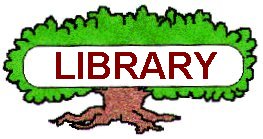

Home Page |
MICHIGAN FORESTS FOREVER TEACHERS GUIDE
| FOREST SOILS |  |
"Soil Stories", Project Learning Tree Pre K-8 Guide, Seventh Edition, page 252, Activity #70
Overview
Students often wonder why certain plants grow in some places and not in others. Climatic factors such as temperature, moisture, and sunlight keep palm trees in Florida and fir trees in Oregon, but subtle differences in soil allow an oak to compete more successfully in one area and a maple in another. In this activity, students will explore differences in soil types and what they mean to us.
Objectives
1. Obtain a copy of your county Soil Survey (they're free!). Call the Natural Resource Conservation Service under "USDA" in the phone book. Take some time to look through the different sections of the Soil Survey and become familiar with the sections, purpose, definitions, etc.
2. Have your soil tested near or around school (call MSU Extension office).
3. What soil type is the school built on? Use soil survey maps and soil codes. What is the septic capability for the soil? What species of trees are recommended for that soil?
4. How did your soil form? What is the soil history? Glaciation?
Also, Project Wild, page 108 (need MCF).
Note: Many of the activities on this website reference Project Learning Tree (PLT) activities. PLT has copyrights on these activities but has granted permission to provide outlines to render a general ideas of what each activity covers. There are two PLT activity books, one for Pre K-8 and another for high school (recent revisions). There are also a number of special modules available through PLT in 2004. For more information about PLT, visit the national website at www.plt.org and the Michigan PLT website at www.michiganplt.org.
 |
This website was developed and created by Michigan State University Extension for the teachers of the State of Michigan. |
Page Name: Soils.htm